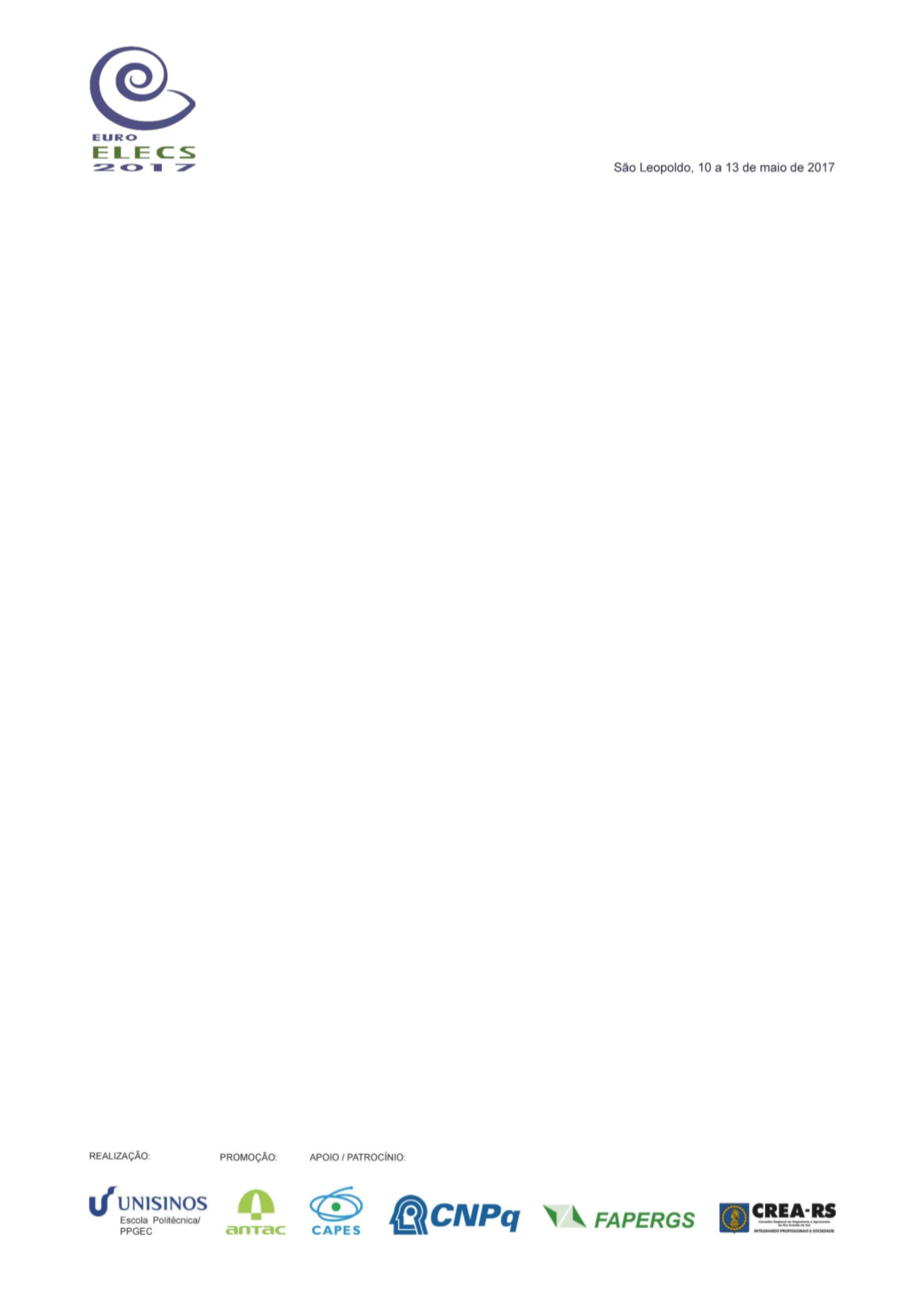

1104
The types of panels installed were: monocrystal silicon, polycrystalline silicon and amorphous silicon,
with power of 10Wp, 10Wp, 12Wp respectively. They have been installed on the roof of our Center
since 2008, according to the rules of art, with a slope of 44º10 'over the latitude of the place (34º10')
and its azimuthal orientation to true north. The region of influence is surrounded by an urban area,
neighborhoods, an international road of great vehicular flow and factories of different types of
production.
The panels never received external cleaning, only by the action of rain or wind. They were not
operational throughout the experiment in order not affected, only at the time of making the
measurements to determine the I-V curve.
In front of the panels and as close as possible to them, the sediment collecting device designed
according to ASTM-D1739-98 Ad.2004 - IRAM29299 was installed.
With the information obtained from our weather station, the settleable solids collected monthly,
(determining soluble and insoluble solids) and the measurements of the I-V curve, it was determined
how the solids have influenced the behavior of the panels, taking into account as point of comparison
the form factors and the maximum power of each curve. The efficiency of the panels varied from 3%
to 16%, during the period of the two years' experience, and a similar correlation for the values
measured at present.
Keywords:
Photovoltaic module; Settleable solids; Efficiency.
1. INTRODUCCION
La región de influencia de nuestra facultad está rodeada por una zona urbana, próxima a barrios
atravesados por una autopista internacional de gran caudal vehicular (AN Nº9) y por fabricas de
diferentes tipos de producción, desde acería, refinería, petroquímicas, etc.( Figura1.)
Una experiencia previa sobre un panel solar de 47Wp, que estuvo expuesto por alrededor de cinco
años en el solar del Centro CEA, da cuenta de la deposición de material particulado sobre su
superficie que hace notar un deterioro particular sobre el mismo.
Esta experiencia no cuantificada, hizo disparar la hipótesis de que un panel ubicado en ésta zona
tendría un comportamiento anormal con respecto a su capacidad inicial o que sufriría deterioros
prematuros a la vida últil preestablecida por el fabricante, si sobre él no se realizan procesos de
limpieza o mantenimiento adecuados. Dando como resultado que para futuras instalaciones de gran
potencia, conectadas a la red, sería necesario efectuar la limpieza de grandes superficies,trayendo
asociado un incremento de los costos: por disponer de sistemas de limpieza, o sobredimensionar
los paneles en un determinado porcentaje.
En general los fabricantes internacionales de paneles aseguran una vida útil, en funcionamiento,
de 25 años para los módulos, con una pérdida en su potencia máxima menor al 20%
La experiencia se realizó desde julio del 2008 diciembre de 2010, lo que nos daría como pérdida de
rendimiento, en función de lo anterior y si fuera proporcional, un 1,93%. Esto solo como pérdida
natural “asegurada” por el fabricante. A la fecha los paneles siguen instaldos por lo cual sería de un
6,4%.
La acción atmosférica y en particular la de los sólidos esta ligada a las condiciones de la región
donde están ubicados los paneles, según Said
, (1990)
para zonas extremas donde se convinan
fuertes vientos y arena hay una degradacion que afecta la eficiencia el 7% anual. Según Mohammad
(1993) la deposicion en (gr/cm2) de polvo afecta la potencia de salida del panel.


















